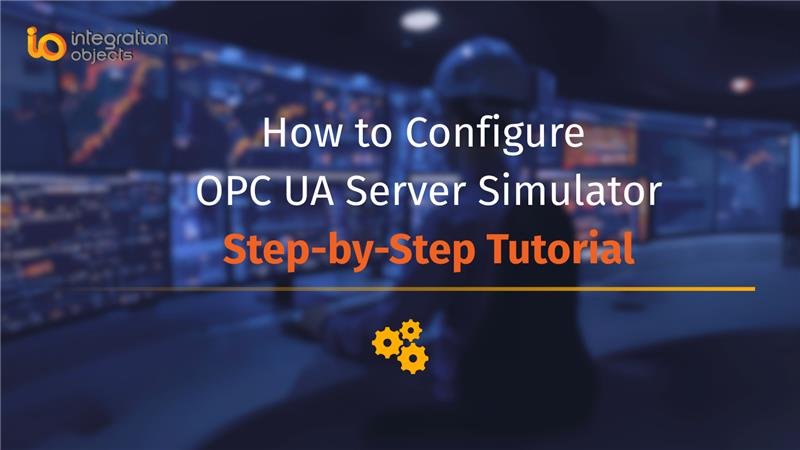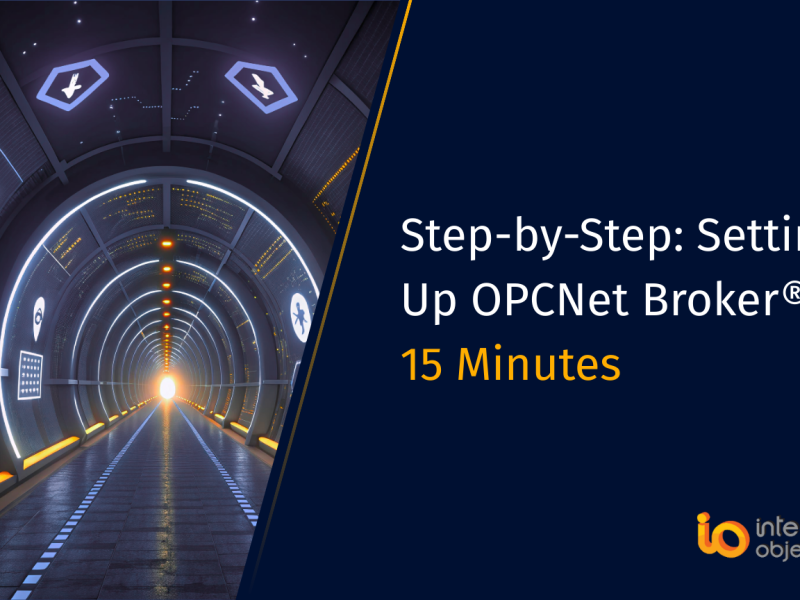In industrial automation, reliable and secure data exchange between OPC clients and servers is crucial. While OPC Classic has been a long-standing standard, its reliance on DCOM often introduces significant complexities and vulnerabilities, particularly in remote or segmented network environments. OPC tunneling solutions emerged to overcome these DCOM-related challenges, providing a more robust and firewall-friendly communication layer. However, even with tunneling, specific issues can arise that impact connectivity and data integrity.
This blog will delve into common OPC tunneling issues and demonstrate how our OPCNet Broker® effectively addresses them, ensuring seamless and secure OPC communication.
CTA: Download Now and Simplify Your OPC Communications!
Understanding OPC Tunneling Fundamentals
OPC tunneling essentially creates a secure, DCOM-free communication channel between OPC Classic clients and servers. Instead of relying on DCOM for remote communication, tunneling solutions encapsulate OPC data within a more network-friendly protocol, typically TCP/IP. This approach simplifies firewall configurations, enhances security, and improves reliability over wide area networks (WANs) or across different network domains. The core idea is to replace the complex DCOM setup with a straightforward, port-based connection.
The Most Common OPC Tunneling Issues
Even with the advantages of OPC tunneling, certain challenges can still arise:
-
Network Communication Issues (TCP Port Configuration)
While tunneling simplifies firewall configuration by using fixed TCP ports, network communication glitches or micro-cuts can still prevent communication. Ensuring bidirectional communication through firewalls is critical but also ensuring reliability and reconnection after glitches Security Concerns (if not properly implemented):
While tunneling generally enhances security, improper implementation (e.g., weak encryption, lack of authentication) can still expose industrial data to risks.
- Lack of ‘Store & Forward’ Capability
In environments with intermittent network connectivity, a lack of ‘Store & Forward’ functionality can lead to data loss during communication outages. Data is not buffered and retransmitted once the connection is restored -
Additional broker
OPC servers are often deployed with redundant installations. To truly protect data access and keep operations running without interruption, end users find themselves obligated to use an additional software on top of the tunneling
How OPCNet Broker® Addresses These Challenges
Our OPCNet Broker® is designed to specifically mitigate the common issues associated with OPC tunneling and DCOM:
- DCOM-Free Operation, with support of OPC Classic DA, HDA and AE
- Simplified Network Communication, via using a single and configurable TCP port
- Robustness and Reliability
- Performance Optimization
- Enhanced Security from the server side down to the tag level
-
- Data encryption without requiring certificates
- User authentication
- Whitelisting
- Secure access to the configuration environment
- Tag security add-on to configure user access rights (browse, read, write) down the tag level
- OPC Servers Redundancy Management
Implementation Considerations and Best Practices
When deploying OPCNet Broker® or any OPC tunneling solution, consider the following best practices to ensure a smooth and effective implementation:
- Pre-installation Checklist: Before installation, ensure that the right version of OPC Core Components is correctly installed on both client and server machines. Verify network connectivity and firewall rules, ensuring the chosen TCP port for OPCNet Broker® is open for bidirectional communication.
- Leverage User Guides: Integration Objects provides comprehensive user guides for OPCNet Broker®. These guides are invaluable resources for step-by-step configuration and troubleshooting.
- Phased Deployment: For complex industrial environments, consider a phased deployment approach. Start with a pilot implementation in a non-critical area to validate functionality and performance before wider rollout.
Deployment on the OPC Server side is also recommended to be completed before the deployment on the client side.
- Monitor Network Performance: Regularly monitor network performance and OPC communication health. This helps in proactively identifying and addressing potential bottlenecks or issues.
- Stay Updated: Keep OPCNet Broker® and other related software updated such as Windows and antivirus updates to benefit from the latest features, performance improvements, and security patches.
While the installation of an additional component like OPCNet Broker® on the OPC Server side might be a concern for some, the benefits of eliminating DCOM complexities, enhancing security, and improving reliability often outweigh this consideration. The robust features and simplified management offered by ONB contribute significantly to overall operational efficiency and data integrity.
OPC tunneling solutions are essential for modern industrial environments seeking to overcome the limitations and complexities of DCOM-based OPC Classic communication. While these solutions introduce their own set of implementation considerations, we provide a comprehensive and robust answer to common tunneling issues. By offering DCOM-free operation, simplified network configuration, enhanced security, and reliable data transfer, OPCNet Broker® empowers industrial organizations to achieve seamless and efficient data exchange, paving the way for more connected and resilient operations.
Read Next: Full BP on How to configure a secure tunnel between your OPC Client and OPC Server using OPCNet Broker®



